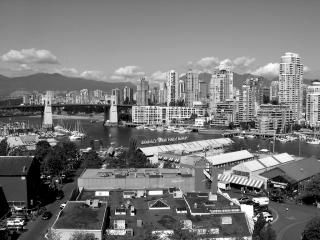In recognition of how half the global population now lives in cities, this week’s issue of The Economist has a survey on urbanization. Much of it makes for fascinating reading. For instance, they allege that the Kibera slum in Nairobi exists more for reasons of corruption than of poverty. The provision of private services and the need for constant bribery make its continued existence profitable, just as the pool of cheap labour it provides plays an important economic role.
As always, they come up with some interesting statistics, as well. Vancouver is ranked as the most livable city in the world, and one is reminded that Tokyo has a larger population than all of Canada. Delhi has the world’s dirtiest air, as measured by particulates, followed by Cairo and Calcutta. More than 70% of all urban dwellers in sub-Saharran Africa live in slums. In Ethiopia, Malawi, and Uganda that figure is over 90%.
The United Nations envisions human population growth as a phenomenon that will eventually slow, leaving the world with a population of about eleven billion. By then, more than 60% of people will be living in cities, dependent upon agricultural productivity elsewhere to be able to sustain themselves. Hopefully, climate change and other ecological phenomena will not make that overly challenging.


Ranking City Quality of Life
This series of Flash-embedded photos of Toronto is quite attractive.
Africa’s challenge
May 10th 2007
From Economist.com
Climate change may have a graver effect on Africa than any other continent, if the predictions of the most recent report by the UN’s Intergovernmental Panel on Climate Change hold true. It predicts a minumum increase in temperature of 2.5ºC by 2030, and dry areas will expand. Around 600,000 square kilometres of cultivable land may be ruined. Rising sea levels would threaten coastal infrastructure in Egypt, Senegal and the Gulf of Guinea, an important oil-producing region. Another study by the University of Pretoria estimates that $25 billion may be lost in crop failure because of rising temperatures.
I used this image to put a placeholder page in my Oxford webspace.